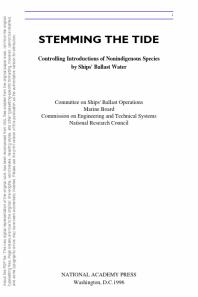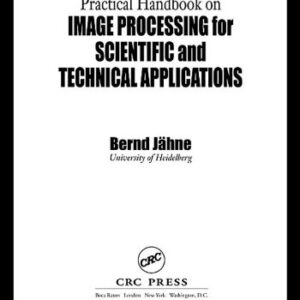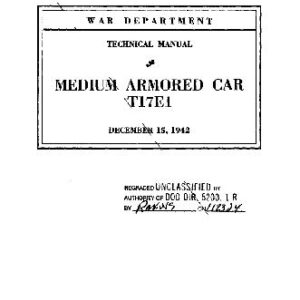The European zebra mussel in the Great Lakes, a toxic Japanese dinoflagellate transferred to Australia?such biologically and economically harmful stowaways have made it imperative to achieve better management of ballast water in ocean-going vessels. Stemming the Tide examines the introduction of non-indigenous species through ballast water discharge. Ballast is any solid or liquid that is taken aboard ship to achieve more controlled and safer operation. This expert volume: Assesses current national and international approaches to the problem and makes recommendations for U.S. government agencies, the U.S. maritime industry, and the member states of the International Maritime Organization. Appraises technologies for controlling the transfer of organisms?biocides, filtration, heat treatment, and others?with a view toward developing the most promising methods for shipboard demonstration. Evaluates methods for monitoring the effectiveness of ballast water management in removing unwanted organisms. The book addresses the constraints inherent in ballast water management, notably shipboard ballast treatment and monitoring. Also, the committee outlines efforts to set an acceptable level of risk for species introduction using the techniques of risk analysis. Stemming the Tide will be important to all stakeholders in the issue of unwanted species introduction through ballast discharge: policymakers, port authorities, shippers, ship operators, suppliers to the maritime industry, marine biologists, marine engineers, and environmentalists.
Technical
{PDF} Stemming the Tide: Controlling Introductions of Nonindigenous Species by Ships’ Ballast Water National Research Council; Commission on Engineering and Technical Systems; Marine Board; Committee on Ships’ Ballast Operations
$19.99






Reviews
There are no reviews yet.